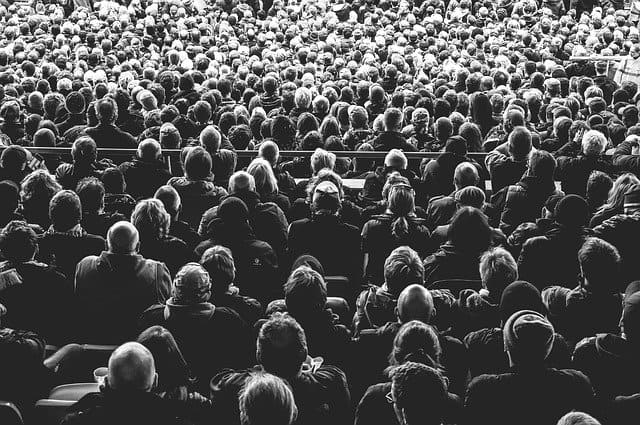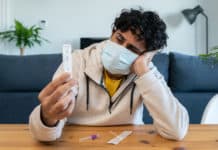The latest on the new WHO meeting guidelines for mass gatherings
The new WHO meeting guidelines for mass gatherings are an update to the document originally published in March of 2020. The document goes into great detail on the list of risk factors to be assessed for allowing mass gatherings. Following are some of the highlights on operational guidelines, and further information can be found here.
• Prevention and control measures applicable during this phase include: modifications of the event venue; hosting the event at least partially online/remotely/virtually; hosting the event outdoors rather than indoors; adjusting the capacity; ensuring availability of hand-washing facilities with soap and water and/or hand rub dispensers; regulating the flow and density of people entering, attending and departing the event.
• Key planning recommendations for mass gatherings include: advising people to observe physical distancing, respiratory/cough etiquette and hand hygiene practices; advising people with higher risk of transmitting COVID-19 that they should not attend the event (e.g. those with COVID-19 symptoms, contacts of COVID-19 cases during their period of quarantine, or those coming from countries/areas with community transmission of COVID-19); advising people with higher risk of developing severe illness from COVID-19 (e.g. aged ≥65 years or with pre-existing medical conditions) and individuals in contact with higher-risk patients (e.g. residents in same household, long term care facility employees etc.), that they should not attend the event, or making special arrangements for them.
• Modifications of the event include: keeping the duration of the event to a minimum to limit contact among participants; risk communication; ensuring coordination and consistency in crafting and delivering culturally appropriate messages and in languages specific to participants; disseminating key messages in line with national health policies, including visual reminders on basic preventive measures, action and steps to be followed by people developing symptoms of COVID-19 and recommended/required use of face masks and other personal protective equipment (PPE); surveillance of participants, aimed at detecting and managing individuals developing symptoms during the event.
You Might Also Be Interested In











